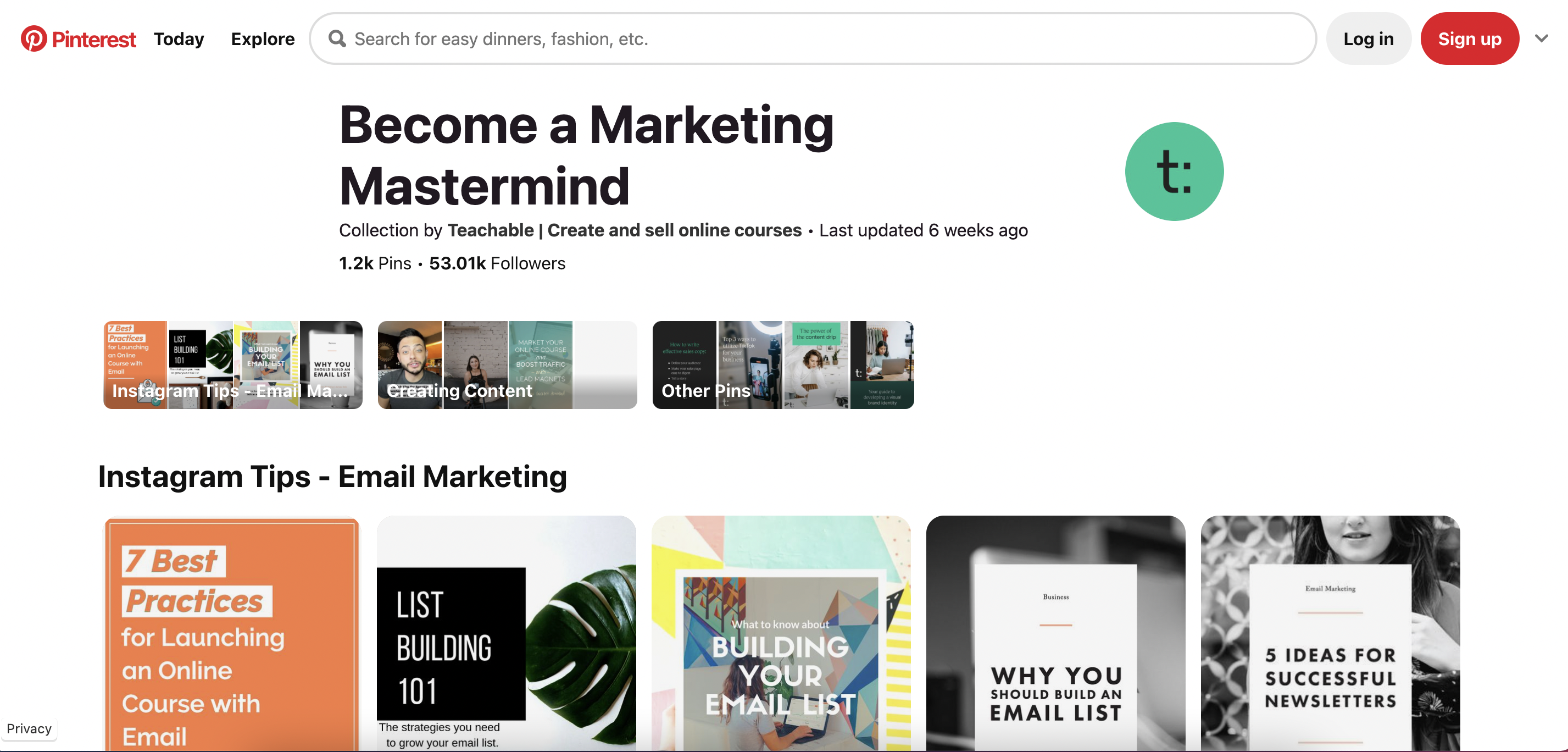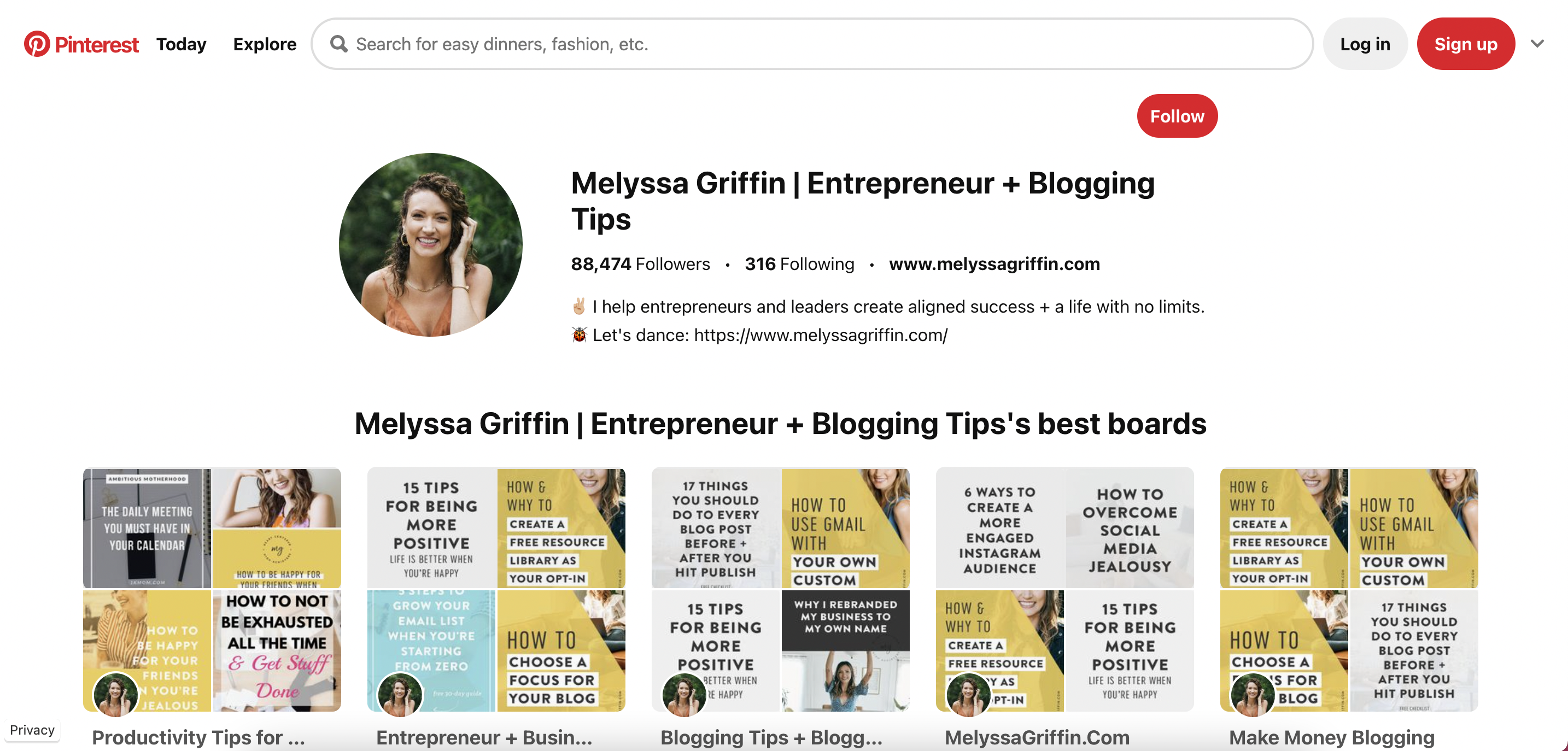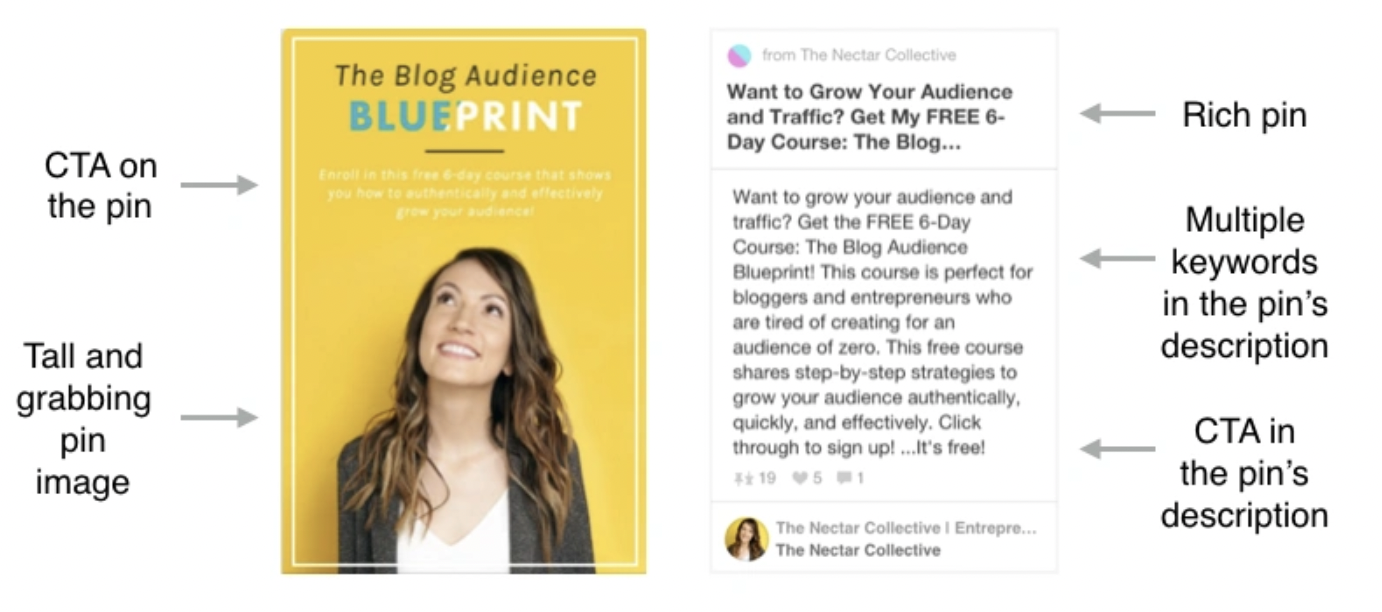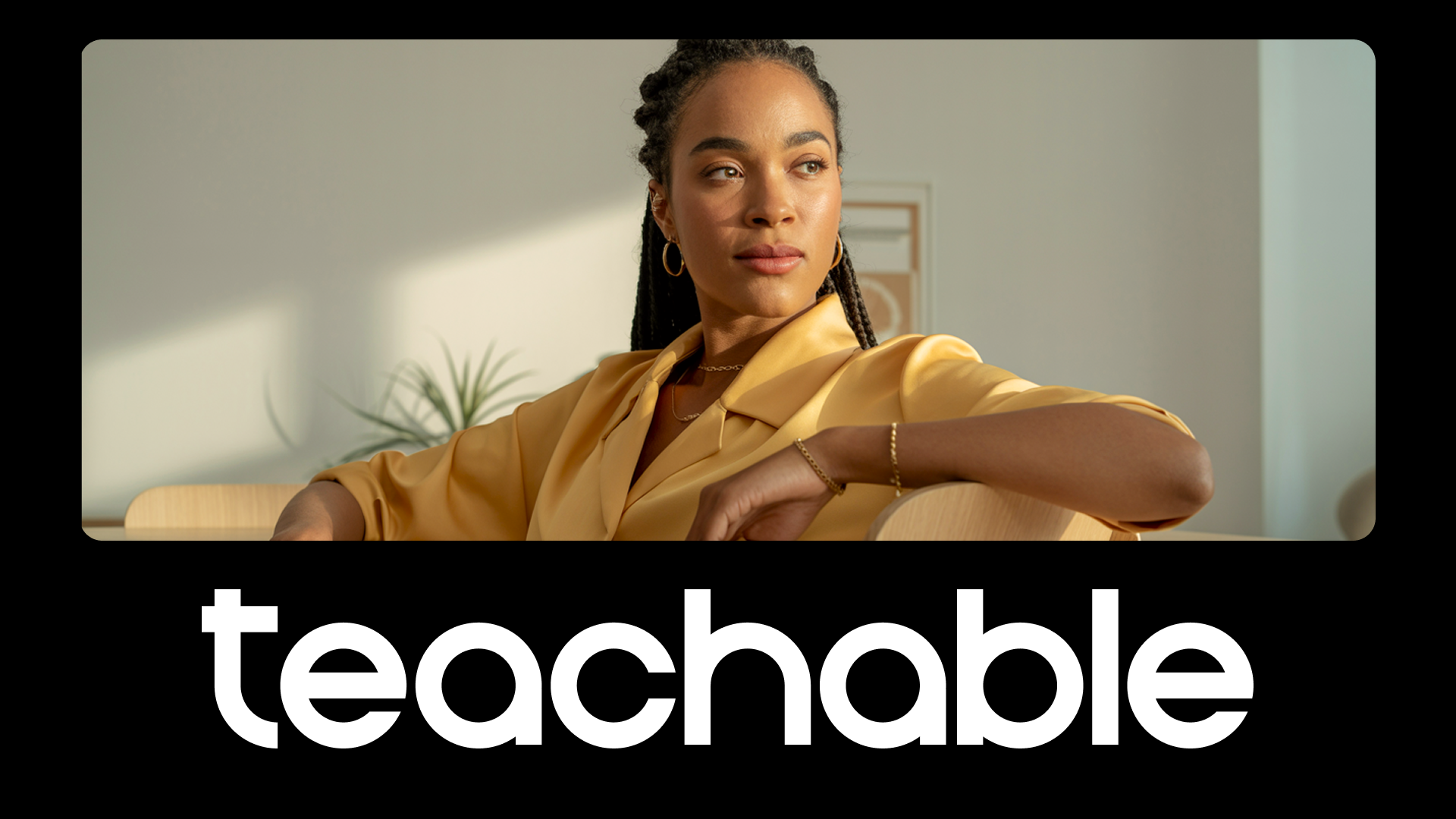Pinterest is often overlooked as a social media platform for business marketing. Between Instagram, Twitter, and Facebook, many small business owners see Pinterest as an afterthought. But it’s more than just crafting and mood boards. We’ll show you how to use Pinterest the right way to grow your audience and market your online course.
According to Buffer, more adults use Pinterest than they do Twitter.
This is a powerful statistic, only trumped by one more tiny little fact: “Customers spend more money when they convert from a Pinterest referral than any other social referral. Average order value for a Pinterest conversion is $80.54. Facebook, in second-place, is $71.26.”
Melyssa Griffin, the brains behind The Nectar Collective and the founder of Pinfinite Growth, has a course on how to grow your blog’s traffic and audience using your new secret weapon: Pinterest.
Lucky for us, Melyssa has adopted some of her top strategies for online courses and is sharing them with us. Together, we’ll discuss how to set up your profile page, master Pinterest SEO, and start promoting your course.
Pinterest basics
To get to all the bell and whistles, we have to start with building our foundation. So to start, here’s a few basics taken from our own account.
Profile page:

Inside a Pinterest board:

Everything starts with your profile
Much like finding your profitable course idea or developing your writing voice, you’ve got to tailor your profile to attract your community. Or in marketing terms, qualified leads. You want to communicate a brand and lifestyle for your ideal customers.
For example,

Your profile bio should explain three things:
- What you do or how you help people
- Who you serve
- Include a Call-To-Action (CTA) to join your email list
When you create your boards, they should be tailored to what you’re teaching and your expertise. A good formula for success is one board about your course and a few more boards based on your target markets.
Here’s Melyssa’s Pinterest profile:

All of Melyssa’s boards are catered to the themes of her business—Productivity for Entrepreneurs, Blogging Tips, Entrepreneur+Business, etc. That’s because these are three topics her audience is interested in.
Pro-tip: When you name your board use popular keywords to boost SEO (which we’ll talk about in a second). Don’t feel obligated to get punny or fancy.
Here is a list of popular keywords on Pinterest from Buffer to help you:

When you’re creating a board about your course, include multiple images from your course such as screenshots, styled photos of your course workbook, and your sales page.
“An easy way to get more photos? Create a hashtag for your course and encourage students to post about it on social media,” Melyssa says.
Master Pinterest SEO
The first thing to know about Pinterest is that it has a SmartFeed. This means that people will see the best pins above the newest (Medium also does this). This also means that it’s important for Pinterest to think your pins are great.
The best pins are re-pins similar to a retweet on Twitter and also come from a credible source.
Here’s what Melyssa might include on a pin:

Notice that the description Melyssa writes has three components:
- Keywords that your audience is searching for
- Several sentences to stand out, entice, and be found more easily in the search
- A call to action, such “click through to read the full post!”
You can increase your SEO in your board descriptions by using the words your audience is searching for.
Use Pinterest as a marketing sales funnel
Pinterest is the number two traffic source for Shopify and it can work as a top-funnel way to pull people into your email sequences and you don’t have to spend money as you might with Facebook ads.
Think about it, if someone likes your pin, it could lead them directly to your sales page or lead magnet where they’ll enter their email address.
As Melyssa says, “Pinterest is crazy effective at capturing new subscribers and putting them into your automatic sequence.”
{{socialmedia-component="/blog-shortcodes/blog-popup"}}
Leverage group boards
Similar to marketplaces like ProductHunt or discount website, Pinterest has group boards that are cultivated by more than one person.
Using keywords, you can search for boards that are relevant to you. You’ll be able to tell it’s a group board by the two-person icon. There will be directions for joining or you can email the board creator.
As you start to build your Pinterest following, make sure to track how your board’s are performing. As in content marketing, it’s equally important to be data driven on Pinterest. Don’t be afraid to leave boards that aren’t producing results. Your time is better spent elsewhere.
Consider promoted pins
You can pay to promote pins on Pinterest and it turns out to be much cheaper than Facebook ads.
Melyssa points out that since Pinterest is a search engine, you’re targeting keywords that people are searching for, not just someone’s assumed interests (like Facebook ads).
These pins work as highly effective top funnel email gatherers.
What next?
Get started with using Pinterest to market your online business and let us know if you have pins about your course! You can follow us on our Pinterest account here.
Join more than 150,000 creators who use Teachable to make a real impact and earn a real income.


.png)
.png)



